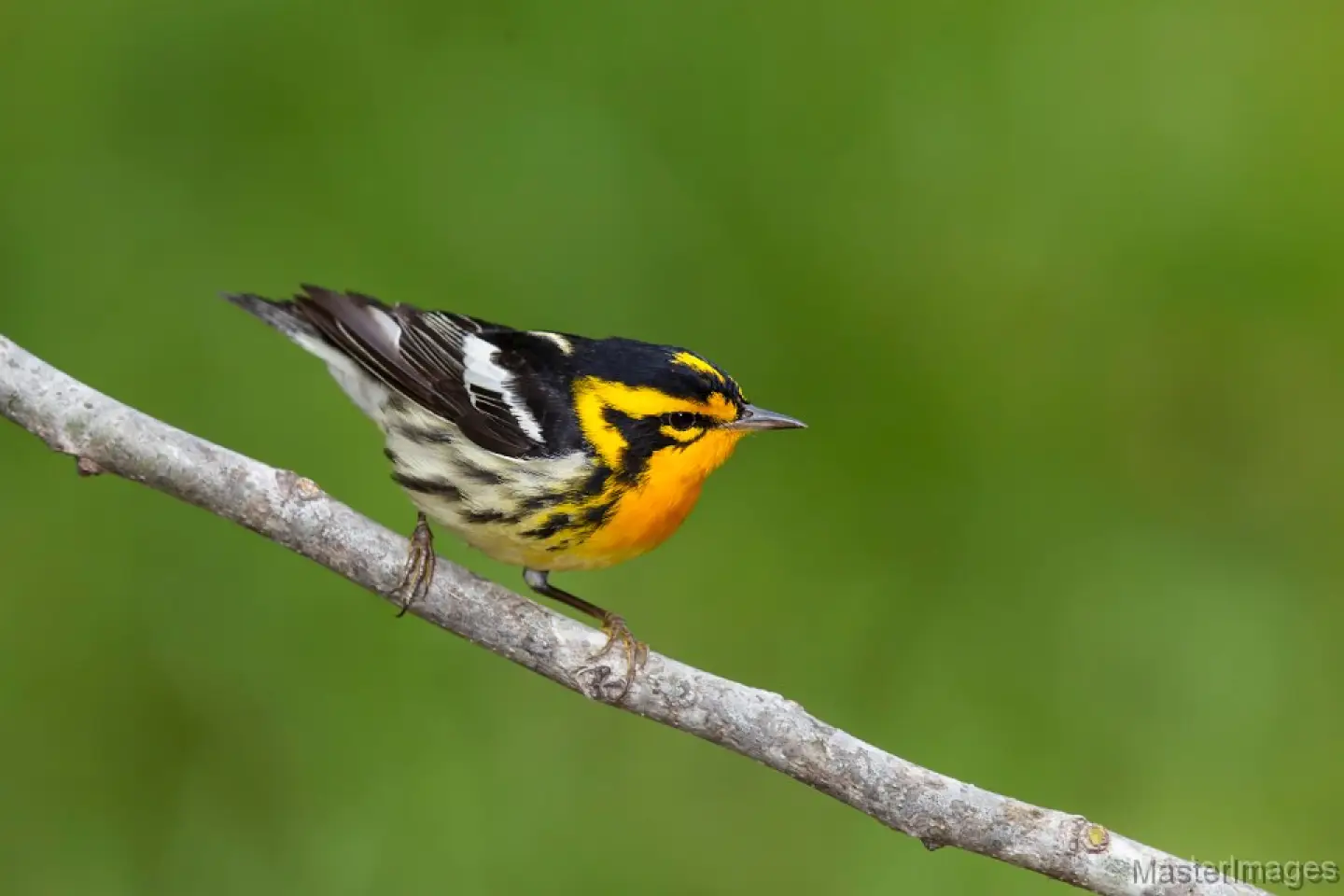Finding time during a busy time of year
I have a confession to make. As much as what I do revolves around birds, I often don’t have time – particularly during this season of the year when their numbers and diversity in the Adirondacks are at their zenith – to simply go birding. The reason is that I’m often so busy teaching, guiding, or conducting research on birds that I can’t fit it in. That’s how it goes when things are busy I suppose, but it is also a shame since there are so many great places to simply explore in the region. And now is an amazing time of year to investigate them.
Cheney Pond
Take for instance some of the birding sites which line Blue Mountain Road north of the Hoffman Notch Wilderness Area. Each of them could take much or all of the day (or multiple days) if you wanted to spend that long, and all of them are worth the time. My favorite site might be Cheney Pond, where a short, perhaps half-mile road leads from Blue Mountain Road to the pond itself. The road is easy to walk – and can be tricky to drive if you don’t have clearance or aren’t careful! – and you can bird your way to the water with a variety of warblers and other songbirds to lead the way.
The best way to cover the pond is to bring your boat and paddle, and a loop on the small waterbody should yield water-loving species like Great Blue Heron, Wood Duck, and Common and Hooded Merganser as well as lots of songbirds from the surrounding forests and edge and alder habitats – including warblers like Common Yellowthroat, Black-throated Green, American Redstart, and Chestnut-sided.

Once on the far side of the pond, you can negotiate the channels which lead to a beaver dam which in turn necessitates a carry to reach a flatwater portion of the Boreas River, which you can paddle for about two miles until it reaches the remains of Lester Dam. The route offers a long list of warblers, vireos, tanagers, grosbeaks, waxwings, sparrows, and everything else in between. This includes northern finches which can often be found in coniferous habitats along the route, as well as a series of locations along the Rt. 28N corridor heading south towards Minerva. The excellent cone crop on our conifers has attracted good numbers of both Red and White-winged Crossbills to the region since last summer, and our forests have also been loaded with Pine Siskins as well.
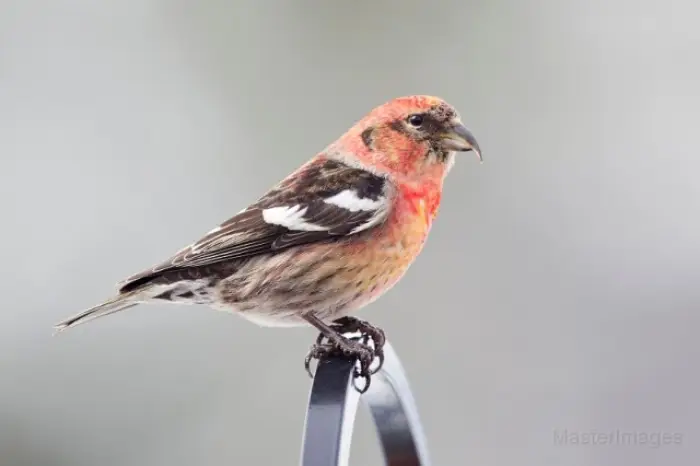
If you come without a boat but still want to search for such species, you can hike the trail to Lester Dam which heads off from the road to Cheney Pond a short distance before the road reaches the water. The trail not only offers finches, but also other boreal species like Gray Jay, Black-backed Woodpecker, and Boreal Chickadee, and an assortment of warblers like Nashville, Magnolia, Yellow-rumped, and Canada. And if for some reason you don’t find such birds there, you can also check out the Roosevelt Truck Trail which runs between Blue Ridge Road and Rt. 28N (the easier side of the trail to access).
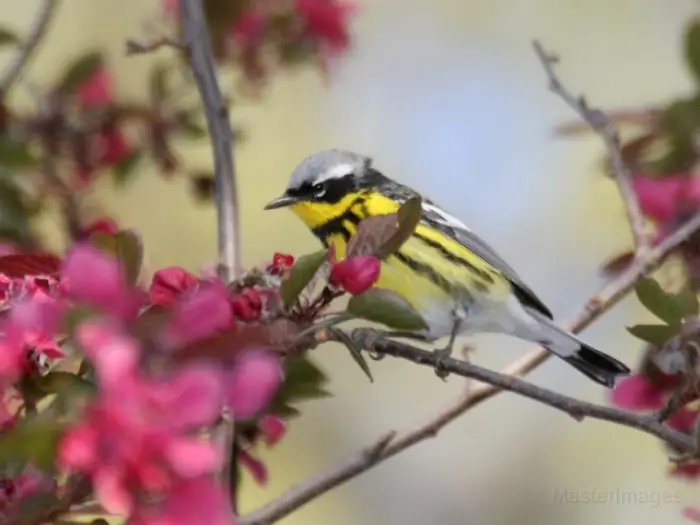
The Boreas Ponds Tract
Even with this, some birders (including this birder!) will be interested in the seclusion offered by the recently acquired (2016) Boreas Ponds Tract, reached a short distance east along Blue Ridge Road from Cheney Pond. Three access points take you into the enormous area, the best of which is Gulf Brook Road, located 6.3 miles east of Cheney Pond. The dirt road winds through deciduous and mixed forests for 3.2 miles, meaning you can find a long list of birds from the car if you are not inclined to walk. In doing so you can find the likes of Broad-winged Hawk, Blue-headed Vireo, Scarlet Tanager, Winter Wren, Hermit Thrush, Swainson’s Thrush, and Golden-crowned Kinglet, and an entire suite of warblers including Magnolia, Northern Parula, Black-throated Blue, Ovenbird, Canada, and Mourning.

Once at the last parking area, you can continue into the area on foot, reaching the dam and the Boreas Ponds themselves after a 3.5 mile hike. But the walk is easy and the birding great, making it worth the effort. You can also bike the road or you can even lug a lightweight canoe along with you so you can paddle the Boreas Ponds, or LaBier Flow, the latter reached 2.5 miles from the final parking area on Gulf Brook Road.
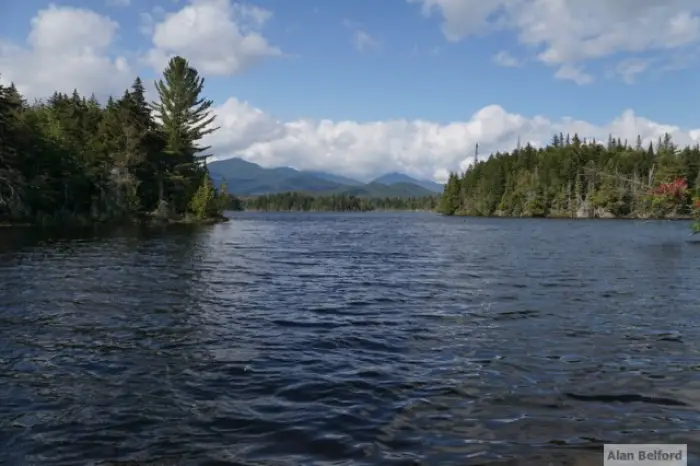
Whatever method to access the area you choose, you will be richly rewarded. Even if you see no birds, the views of the High Peaks from the Boreas Ponds are stunning, and the huge tract offers days of exploration. But the birds are equally impressive, and you will likely return with a long list. This not only includes the birds mentioned above, but also species like Olive-sided and Yellow-bellied Flycatchers, both of which can be found in boreal and coniferous pockets along the route as well as near the wetlands which dot the area.
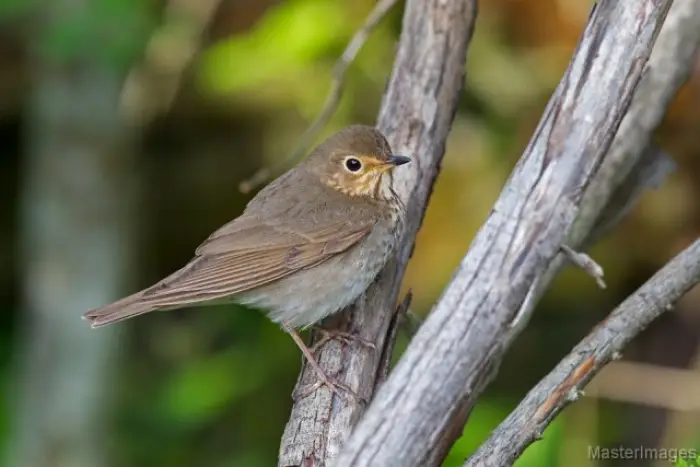
These same wetlands and ponds harbor the likes of Common Loon, Great Blue Heron, Alder Flycatcher, Hooded Merganser, Bald Eagle, and Northern Waterthrush, and the coniferous forests once again offer both Red and White-winged Crossbills. It all means that a trip into the Boreas Ponds Tract is one which requires time to fully explore the area. And it is a good reminder to me that even with my hectic summer schedule, I need to get out and start adventuring and enjoying such locations. After all the summer is short, and there is no time to waste.
Plan your summer outdoor recreation and birding adventure today! And check out our lodhttps://www.adirondackhub.com/lodgingging and dining pages to learn more.
